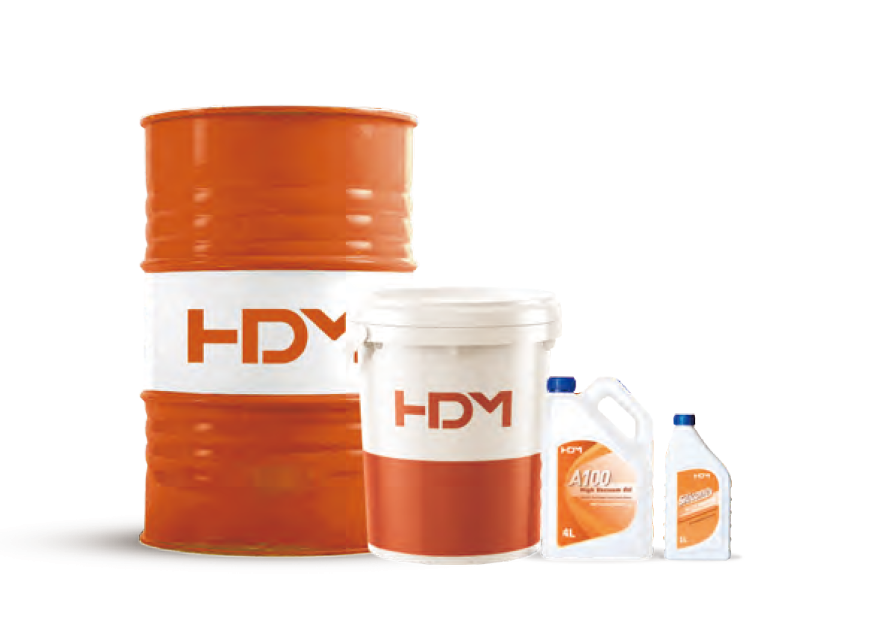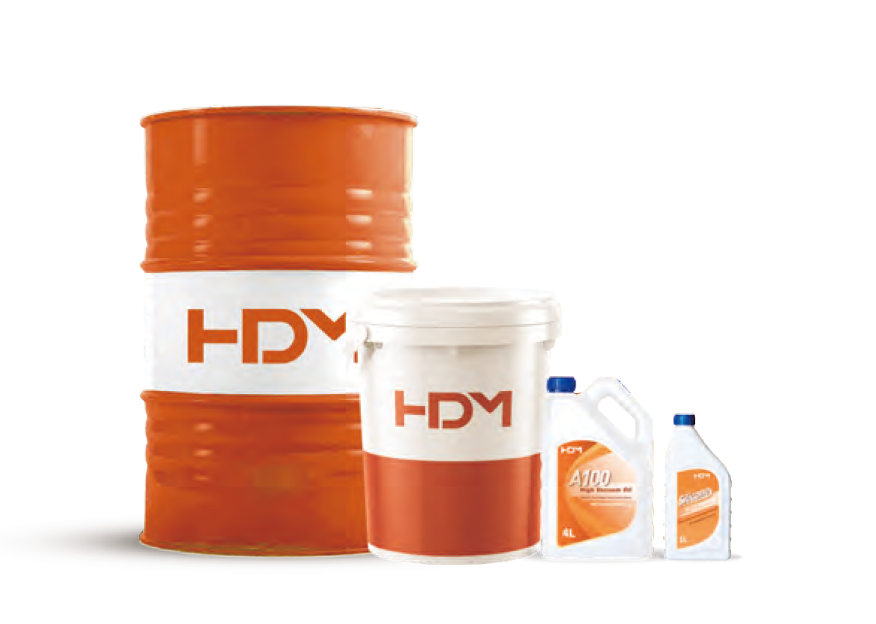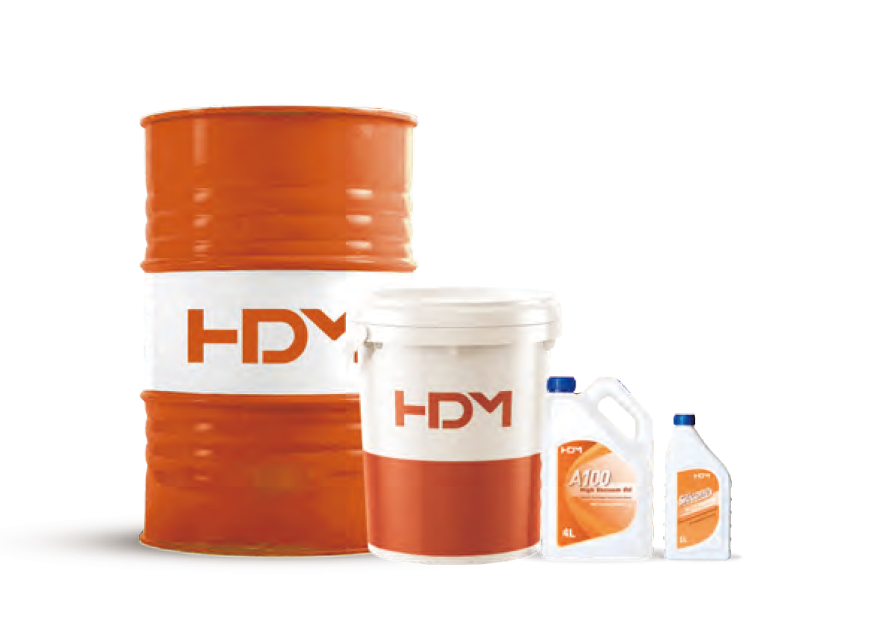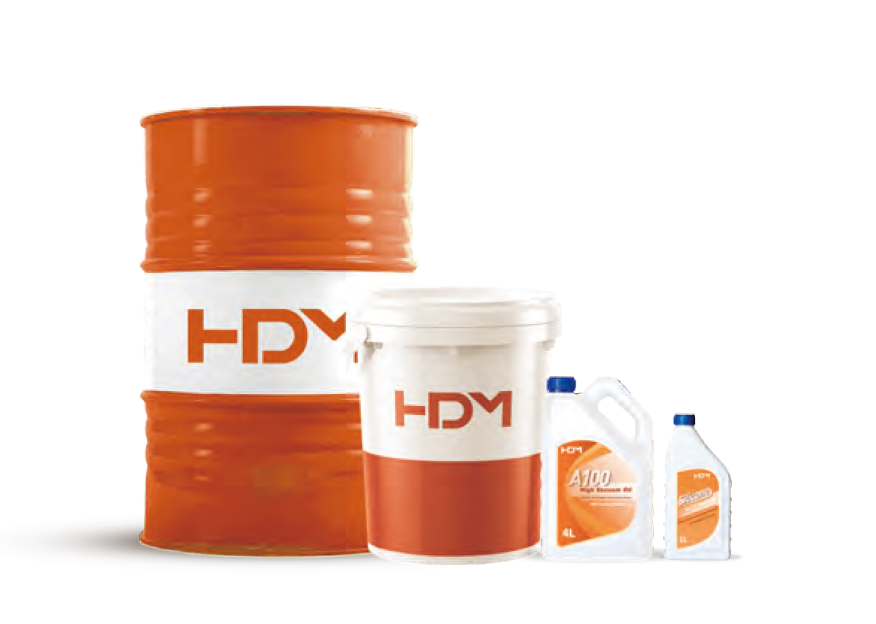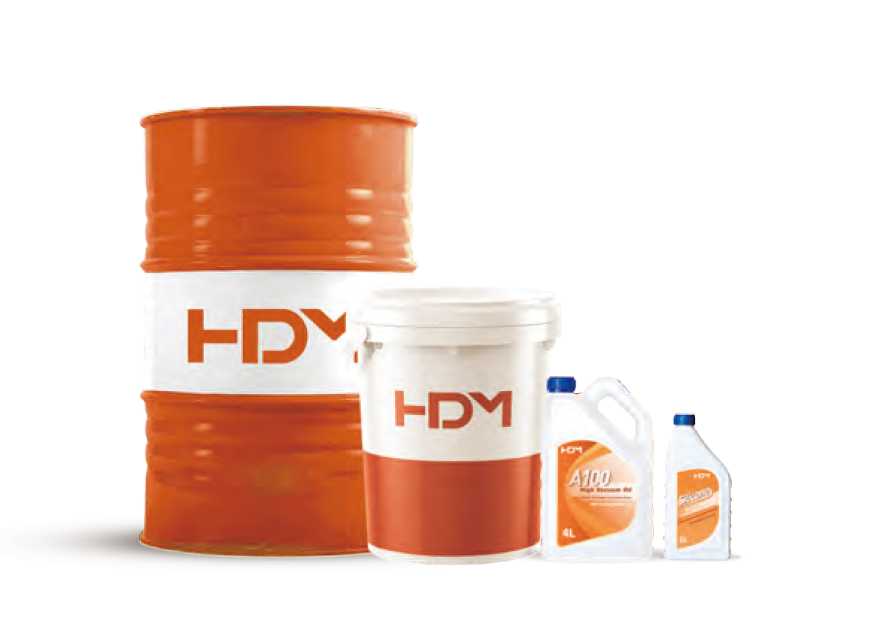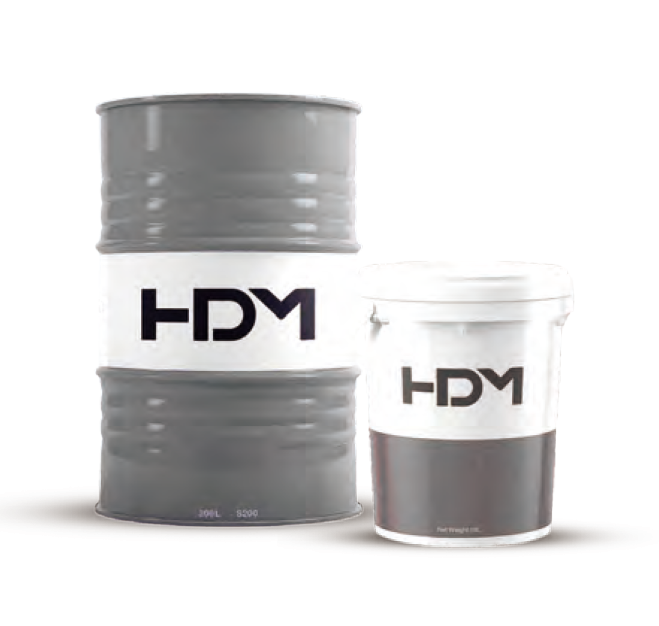Although often overlooked, metalworking fluid management is an important factor in the manufacturing process. Mismanagement or even lack of MWF will greatly reduce the quality and life of MWF and create more problems in the production process, such as shortening the life of tools, machines, etc. This means that MWF costs and other manufacturing costs associated with or affected by MWF will be high.
Good fluid handling and disposal principles will reduce machine MWF costs in metal cutting and grinding operations. MWF costs can be reduced by maximizing useful life and reducing disposal costs. Other costs in the manufacturing process will also be reduced because they are affected by the type of MWF management you do. Some of these good principles are free, while others require investment, but all can significantly reduce the overall cost of production.
Here are 6 simple solutions to many problems:
- Use premium products instead of low cost ones
- Minimize the variety of internal MWFs
- Use lubricating and hydraulic oils compatible with your MWF
- use demineralized water
- Proper maintenance of MWF
- record keeping
- Use high-quality products and low-cost products
Don't automatically buy low-cost products. Low cost can also mean low quality MWFs. Usually the pricier MWFs are better, more stable, longer lasting and offer better protection and therefore perform better than the "cheaper" MWFs. The cost of MWF represents 0.5% of the cost of the manufacturing process. Savings realized by purchasing "cheaper" products will be outweighed by reduced productivity, tool wear and higher MWF maintenance costs. Having only one or two MWF suppliers also affects response time if a problem arises. It is also important to choose a supplier to support their products, with a service equipped to provide quick answers about the status of the MWF and to be able to analyze and resolve any possible issues. - Minimize the types of internal MWF
As a general rule, most shops should use no more than three MWF types. The less the better. More variation in MWF means more labor and more equipment, and storage of multiple products means higher costs. - Use lubricants and hydraulic oils compatible with your MWF
The most common contaminant in metalworking MWF is tramp oil. Trash oil is formed when lubricating oil, grease, and hydraulic oil fall into the MWF, or when workpieces are oily or have corrosion protection.
Lubricants, greases, and metalworking fluids can be purchased from the same supplier, or at least chemically compatible. Suppliers can provide information on them, or their compatibility can be easily tested by mixing and stirring equal amounts of MWF and lubricant. The objective is to determine the rate at which the MWF and lubricating oil separate. The faster the two liquids separate, the better the compatibility and the fewer problems it may cause in the future.
- Use demineralized water
Minerals present in the water can react with the emulsifiers in the metalworking fluid. They also increase the growth rate of bacteria and fungi, which shortens the life of the metalworking fluid. The more minerals in the water, the harder the water will be. Some MWF producers will have stabilized products designed for hard water,
By demineralizing water, you reduce the mineral content in it, softening the water and reducing the impact on MWF. Another benefit of softening your water is that you are no longer a victim of possible variations in the hardness of the water supplied by your water utility; you can control the hardness or softness of your water, allowing for consistency.
There are various ways to demineralize water such as water purification systems such as deionizers and reverse osmosis systems. Water softeners are not recommended as they do not remove the very corrosive chloride and sulfate ions, so the process may negatively impact rather than improve.
- Proper maintenance of MWF
Concentration and pH
Improper control of MWF concentration and pH is often the main cause of the problem. In fact, more than 70% of companies having problems with MWF are for this reason. Therefore, it is very important that MWF maintenance is performed regularly by trained personnel. Some MWF suppliers will provide some or all of the services.
In small to medium shops it is recommended that one person be responsible for maintaining the MWF. In larger shops, one person should be in charge of each shift.
It is important that these responsible persons are properly trained to perform concentration and pH adjustments, but they should not be allowed to add biocides, emulsifiers or other materials.
Never add water alone to the MWF to adjust the concentration. A small amount of fresh MWF should always be premixed with water.
MWF mixing is best done by using an automatic proportional mixer, which allows for concentration control, better mixing and eliminates any errors. It also saves about 10% in MWF.
MWF concentration can be determined by using a refractometer.
The pH of MWF should generally be between 8.5 and 9.8, bacterial growth will increase below pH 8.3 and carbon steel will rust below pH 7.5. High pH levels must be avoided as the skin reacts to the alkalinity of the MWF.
MWF concentration and pH should be checked daily, or more regularly in very specific cases.
Prevent or remove MWF contamination
Organic ingredients provide nutrients (food) for bacteria and fungi, allowing them to multiply. This results in the production of metabolites such as organic acids and aldehydes that produce malodor, lower pH and can be harmful to the operator.
Trash oil is of particular concern, but other sources include: dust, debris, human contact, or from water sources. Additives in MWF can also serve as a source of nutrients for bacteria, such as phosphorus or sulfurized additives. For this reason, it is important to speak with your supplier to ensure that the cutting fluid provides the best balance for the operation.
Chips from cutting or grinding also contribute to increased microbial growth as they provide a surface area, so all machines should be equipped with filters and conveyor belts to remove them from the MWF. Weekly or 2-week cleaning is recommended, the more regular and thorough the MWF will perform in the short and long term. The water tank of the machine should be cleaned once a year. Storage of MWF is also important and they should be stored indoors (between 10°C and 40°C). If outdoor storage is unavoidable, the pail must be covered or set aside. Trash oil and metal shavings can still be present in metalworking fluids even after taking all possible measures, so it is important to remove them, which can be done using filters, separators, oil skimmers or high-speed centrifuges.
Don't Overuse Biocide and Save Money When Treating MWF
Fungicides kill germs, but they can also be harmful, so they should only be used when deemed necessary to control bacterial growth. Excessive use of biocides can result in used MWF being considered hazardous waste, thus limiting disposal options and increasing its cost.
- Record keeping
Companies often don't know the actual cost of MWF and assume the cost is just the price per liter, but MWF can affect many other costs in the production process. Therefore, it is always advisable to keep a record of the process to make sure MWF is right for them. Here are some factors that should be tracked:
- MWF - Each machine shall briefly describe cesspool capacity, type of MWF used, mixing ratio and initial parameter readings, water quality data, monitoring data (including concentration and pH readings), microbial monitoring data and inspection observations, as part of Adjustments made MWF maintenance, frequency of MWF disposition, including MWF cleanup dates and why, number of machine MWFs added (cleanup and periodic replenishment), documentation of issues as they occur, and general comments.
- Tool life – MWF affects the number of re-sharpening or replacement tools. A good MWF can increase tool life by a factor of 2 or 3.
- Surface quality - also affected by MWF, and surface finish, which is closely related to tool life, is an important factor. Poor quality finishing can be related to insufficient lubrication or cooling provided by the MWF. The correct MWF will provide a quality finish without staining.
- Productivity – Poor selection or poor condition of MWF can affect productivity by reducing it or making it unpredictable. When a good, clean MWF is in place, production rates should be more predictable and stable.
- Downtime - Also affected by MWF and closely related to the factors above, the length of downtime is related to the frequency of machine adjustments, sharpening, tool changes, MWF emptying, machine cleaning, etc.
- Sick leave costs - In some cases, the quality of the microfinance wholesale fund can also affect the number of sick leave days a company receives. Exposure to high levels of microbial growth can adversely affect human health.
- Filtration Cost - The quality of the MWF used affects the filtration efficiency. It also directly affects the consumption of filter paper and the frequency of filter replacement. Insufficient filtration can have severe impact effects when in direct contact with machined parts, adversely affecting surface finish and quality.
- Disposal – The amount of fluid processed is directly related to the quality and maintenance of the metalworking fluid, the shorter the life of the metalworking fluid, the more frequently it needs to be treated. This will have a noticeable effect on increasing the overall cost.
in conclusion
A proper MWF management program, from selection to maintenance and disposal, will save money for any company that implements it. With a simple change or implementation, not only can the cost of the MWF itself be saved, but tooling, machine maintenance, waste and staff costs can also be saved. Companies will benefit not only from cost savings, but also from more efficient and reliable productivity, improved end product quality, and a safer, more comfortable work environment.



